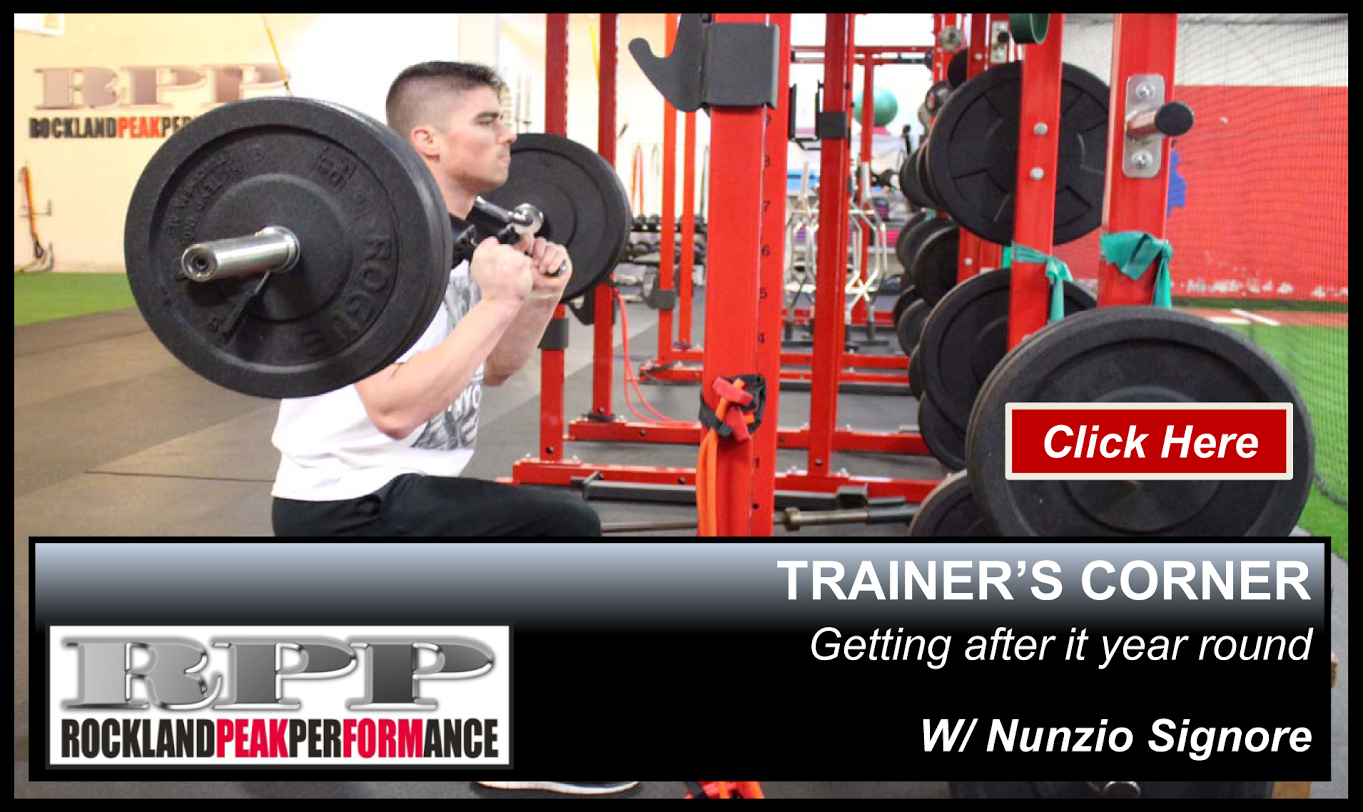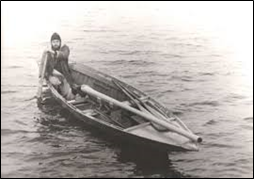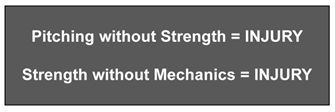Trainers Corner: Addressing Mechanical Issues In The Weight Room
February 26, 2016

By Nunzio Signore (B.A., CPT, NASM, PES, FMS)
Strength & Conditioning Expert
When the Prep Baseball Report - New York invited me to contribute info in regards to strength and conditioning into a weekly column, I was both flattered and impressed. You see, many people miss the boat on the importance of strength training for baseball players. Well PBR doesn???t. Training year round will not only improve performance but help reduce the risk of injury as well.
In addition to articles on strength, I will be posting info about mobility and stability work, speed training and nutrition as well. How an athlete trains should be based on time of year and where they are in their season. The content will reflect that so the information and exercises can be applied immediately.
Enjoy, and feel free to contact me with any questions at any time (845) 712-5415.
See ya??? in the gym.
ADDRESSING MECHANICAL ISSUES IN THE WEIGHT ROOM |
Let me first start by saying this, There is no pitching coach on the planet that can get a pitcher into a desired position if the athlete does not physically have the strength or mobility to get into that position. Period.
Case in point, Cleveland Indians pitcher Robbie Aviles came to late last fall after a long season, presenting with a lack of IR in his lead leg and a limited ability to engage his core. This side by side video demonstrates what his squat looked like at his assessment (left) and one hour later, after some intensive training focusing on strength and mobility.
(Robbie Aviles ??? Before and After)
Which pitcher (before or after) do you think will be capable of throwing more gas and for a longer period of time? Cleaning up Robbie???s hip IR and making him aware of what great core control is about has enabled him to reap the benefits of his pitching coach by tenfold. It???s really all about being more mobile and stronger and being able to physically get into positions you need to get into to be successful on the mound.
In keeping with our concept of a ???Closed Loop??? here at the RPP Pitching Lab (where your pitching coach and strength coach work in sync to achieve an end result), I thought it appropriate to give some insight into how we help fix some mechanical issues on the mound from a strength and mobility standpoint (i.e. the weight room).
- 1. Late Arm Position at Foot Strike
Many things such as excessive extension in the lower lumbar or weak core control can cause an arm to come around late. Clearing pathways from a mobility

standpoint or creating stability by increasing strength lets the body take the path of least resistance. This in turn takes stress off of muscles and joints that are trying to do the job all by themselves. A great example is strengthening the core to give the arm a more stable base of support to throw with. I like to use the imagery of ???trying to shoot a canon from a canoe???.
Here???s a great exercise to strengthen the core at foot strike while the arm goes into the overhead position.
(Core Stability ??? Stride Length)
- 2. Pelvic Engagement
If you???ve ever actually tried this, I can tell you that it???s easier said than done!! Once again, you can???t coach bodies into a position they???re not strong enough to get into or maintain. Teaching this is possible, but only if the back leg and glutes are strong enough to maintain body weight on one leg while moving down an incline. Here are two great ways to get it done:
(Barbell Bench Bridge)
(Lateral K.B. Lunge)
- 3. Transfer of Body Weight (back to front)
This requires among other things, a strong core and being able to apply this strength in a specific manner. Once again, the almighty core comes into play. The only way to effectively transfer body weight, while maintaining great balance, is to have great core strength. This first exercise is different than the one mentioned in #1 due to the fact that it uses the core to transfer body weight and power from the lower half to the upper half in the standing position.
(Dynamic Cable Lifts)
Then we can apply this strength in a more specific way.
(Figure 8 Med Ball Throw)
- 4. Rhythm and Timing (putting it all together)
For pitchers timing and rhythm is everything and this final point is a great example of how a mechanical problem in one area could be caused by a mobility issue in a completely different side and part of the body. For example, a lead hip that closes off early due to a lack of stability (strength) and/or internal rotation (mobility) could cause the arm to fly open early, helping to contribute to that late arm action as well as creating a ???bang??? on the anterior shoulder. Here are two exercises that work on both strength and mobility.
(Reverse Barbell Sl.Board Lunge)
(Bowler Squats)
Too often pitchers fail, not because they don???t train hard enough on the mound, but because they can???t physically do what is being asked of them. I want to close by saying that a great throwing program MUST include input and development from both sides of the net. Only then can you ensure that you are giving it your all.
Remember:

You absolutely need both.
See ya??? in the gym.
Trainers Corner: Three Ways To Improve Power/Bat-Speed
